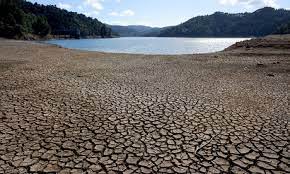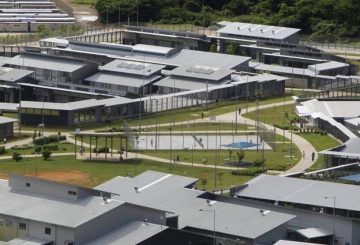咨询公司德勤的一份新报告称,如果采取果断的气候行动,到2050年,新西兰的经济状况可能会提高640亿美元。
但不采取行动可能会使经济萎缩44亿美元。
德勤的《转折点》将如果到本世纪末地球变暖3摄氏度会发生什么情况与到2050年将全球变暖限制在比工业化前水平高出近1.5摄氏度的情况进行了比较。
报告称,该国有机会成为 “通过快速脱碳实现增长和繁荣的领导者”。
这意味着前期成本起初会降低经济活动,但在2036年左右,将出现临界点,增长将开始超过成本。
如果脱碳的步伐能够加快,那么新西兰将成为最早从中受益的国家之一。”
报告无所作为,预测气温升高将造成损失,包括生产用地的流失,以及将投资转用于修补现有资产。
该报告还预测,如果不采取紧急行动,到2050年,由于气候变化,工作岗位将减少近3000个。
令人
担忧的是,该报告称其预测是保守的。
尽管实现1.5摄氏度的目标是全球性的,但德勤表示,尽管新西兰对世界总排放量的总体贡献很低,但它无能为力。




























































